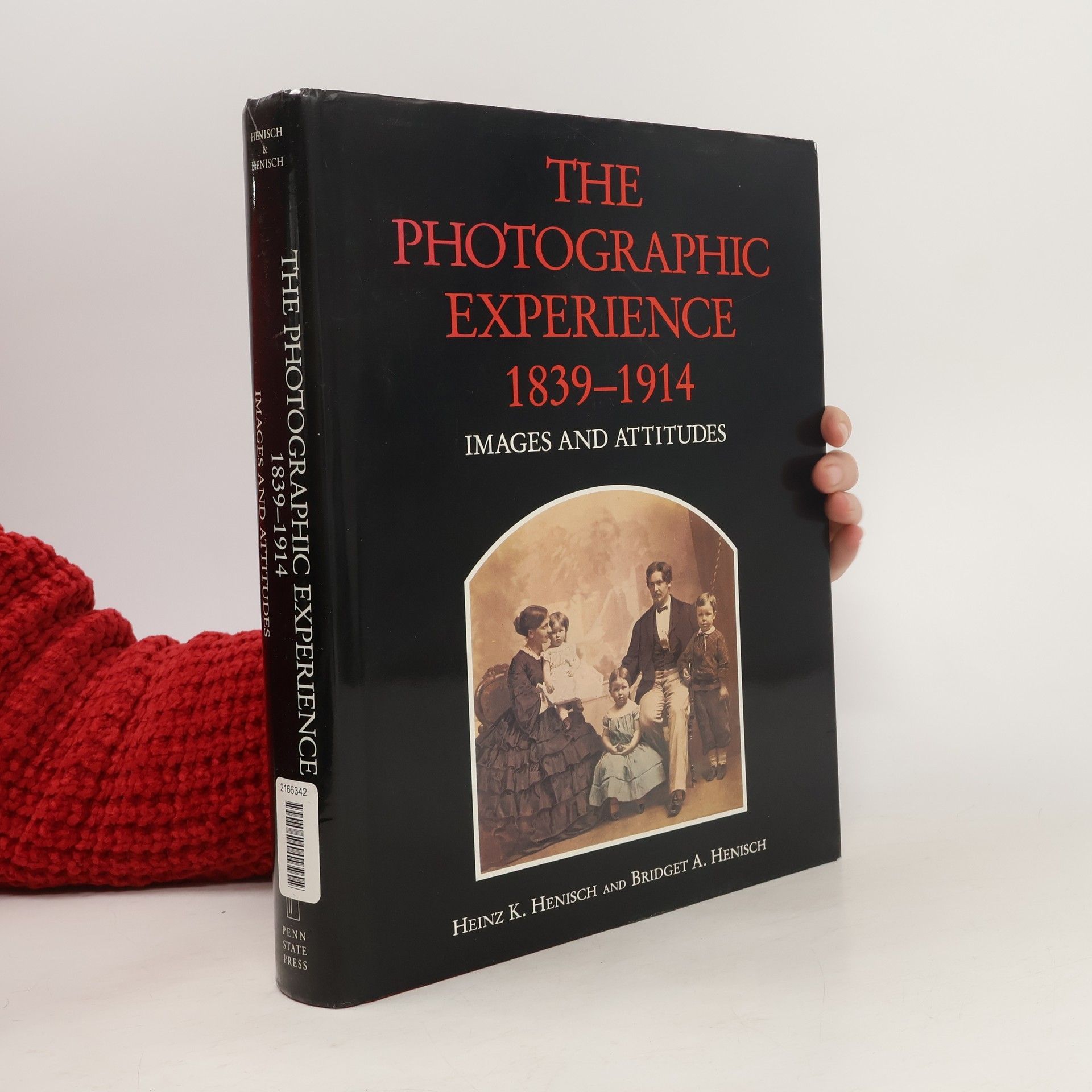The photographic experience 1839-1914
Images and attitudes
Eighteen thirty-nine was the miraculous year in which the two principal inventors of photography - Daguerre in France and Fox Talbot in Great Britain - made their discoveries known to an eager and receptive public. News of the process flashed around the globe, and in no time, enthusiastic pioneers from Auckland to Zanzibar were trying the new invention. Photography took root and flourished. It has since been used in a thousand ways and has changed our modes of perception in many more. The Photographic Experience deals with episodes and issues relating to the spread and practice of photography from its beginnings to World War I. Bridget and Heinz Henisch concern themselves with the reception accorded to the new art by professionals, amateurs, and the general public. They examine reactions to the new invention in the press, literature, poetry, music, and fashion; the response of intellectuals and painters; and the beliefs held by prominent photographers concerning the nature of the medium and its mission. With a wide array of images - many never before published - they illustrate the photograph's use as a record of public and private moments in life. Photography became quickly and thoroughly interwoven with the fabric of society and human experience, and its history comprises much more than the story of photographic art and its creators. The authors examine photographic ephemera and humor, photography and the law, the photographic studio experience, photography and travel, photography and journalism with special attention to advertising and war, the role of photography in politics, photographically illustrated books, the practice of overpainting, photography in the hands of the scholar, and the presentation and use of photographs in their social milieu


